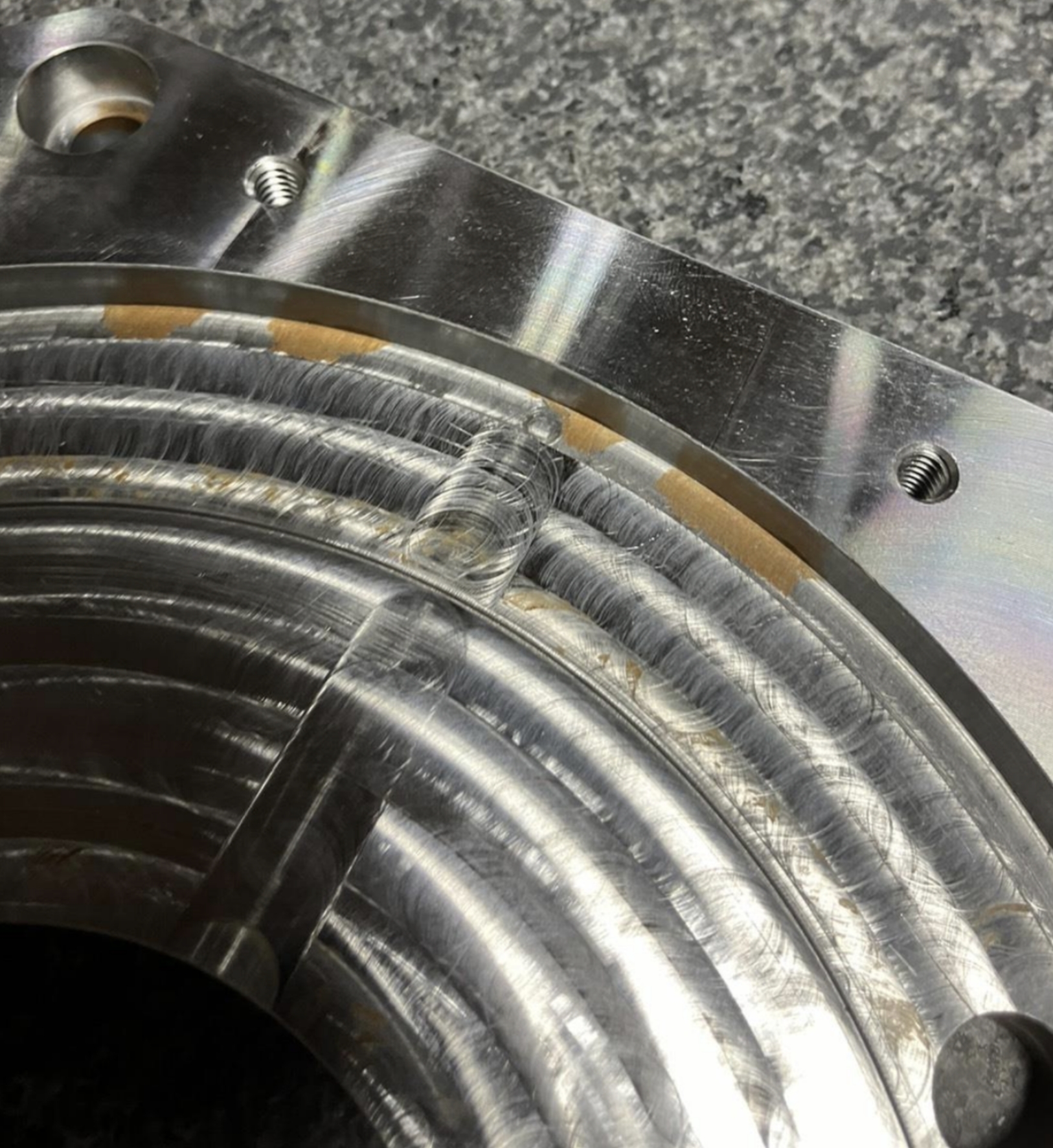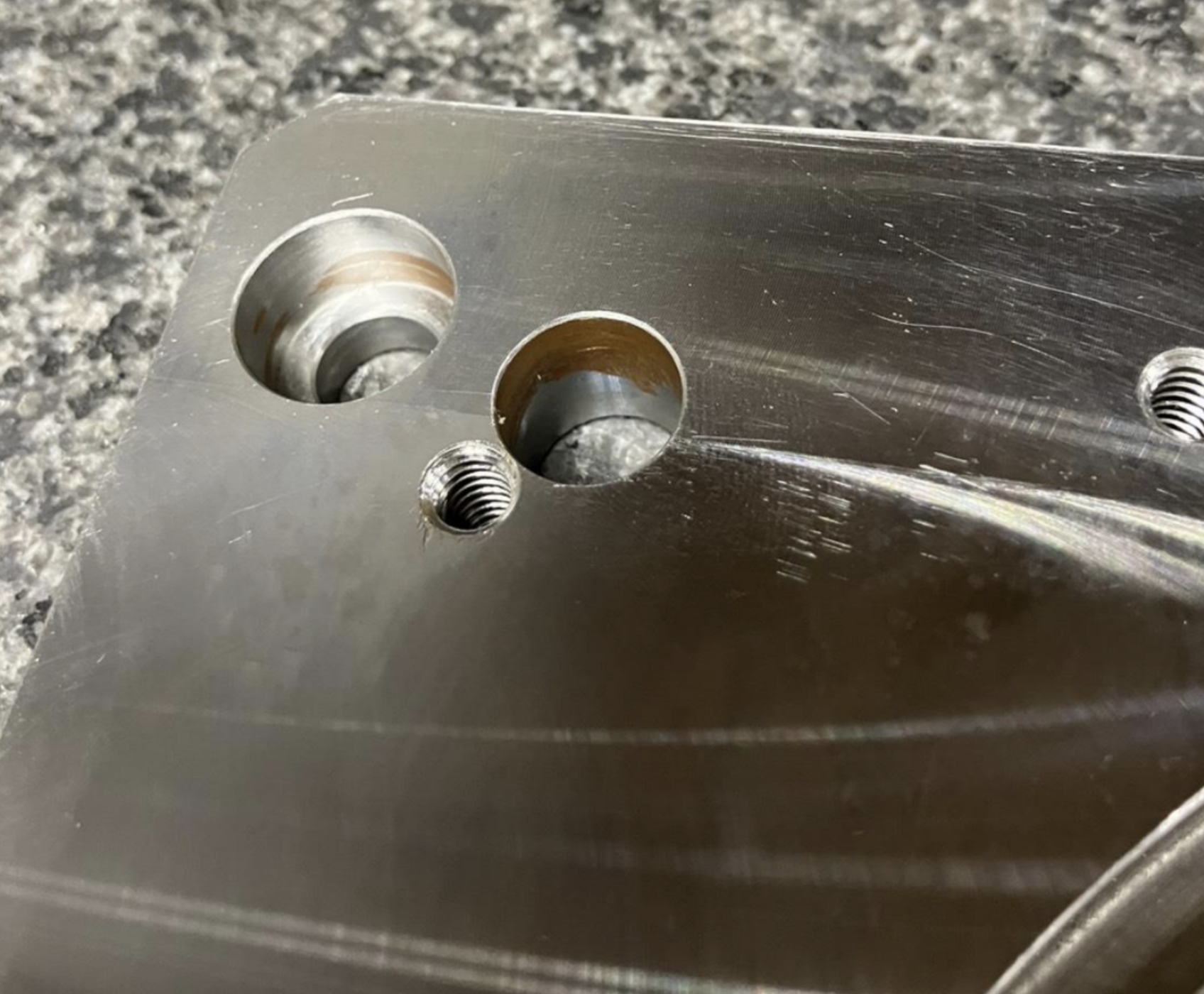Analysis of Rust Formation on Motor Plate2024-12-27
An issue of rust formation on a motor plate component, which was deemed non-compliant by a customer after delivery. The motor plate, made of carbon steel, was processed through CNC milling, then oiled, properly sealed for packaging before being shipped via sea freight. Upon inspection by the customer, rust spots were observed, leading to the rejection and return of the parts.

Rust Formation on Motor Plate
Analysis of Rust Formation Causes
Our analysis suggested that the use of water-based cutting fluid during the CNC milling process might not have been fully removed post-machining. Despite applying rust-preventive oil, residual moisture or cutting fluid could have led to the rusting of the component during transit or storage.
1.) Residual Moisture: Even after machining, if water-based cutting fluids are not completely removed, they can leave moisture on the surface which can initiate rust.
Inadequate Rust Prevention: The anti-rust oil might not have been applied uniformly or thick enough to provide a barrier against moisture, especially in a humid or salty environment like sea freight.
2.) Environmental Factors: During sea transportation, the components could have been exposed to high humidity, salt air, or temperature fluctuations, all of which accelerate rust formation.
3.) Packaging Issues: If the packaging was not sufficiently sealed or if there was any breach during transit, external moisture could have penetrated, leading to rust.

Rust Formation on Motor Plate
Improvement Measures
The possible causes may be numerous, and our suggested preventive measures that we can take are as follows:
1.) Enhanced Cleaning: Implement an advanced cleaning process after milling to ensure all cutting fluids are removed. This could involve ultrasonic cleaning or high-pressure air drying.
2.) Improved Rust Prevention Application: Use a more effective rust inhibitor or increase the thickness of the oil layer applied.Consider dipping or spraying the parts in a rust-proofing solution that forms a more robust protective layer.
3.) Controlled Environment Packaging: Use vacuum-sealed or desiccant-based packaging to minimize moisture exposure during transit.Employ corrosion-inhibiting packaging materials or VCI (Volatile Corrosion Inhibitors) to provide additional protection.
The rust formation on the motor plate was likely due to a combination of residual moisture from CNC machining, inadequate rust prevention measures, and environmental exposure during shipping. By implementing the suggested improvements in cleaning, rust prevention, and packaging, future occurrences can be significantly reduced, and ensure product quality.
